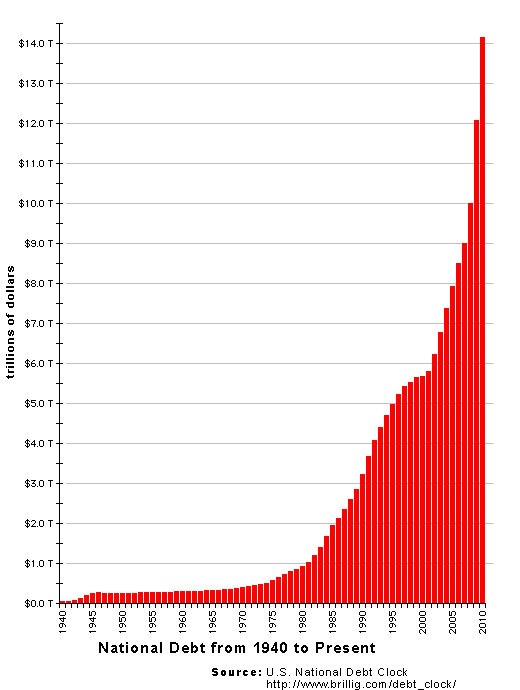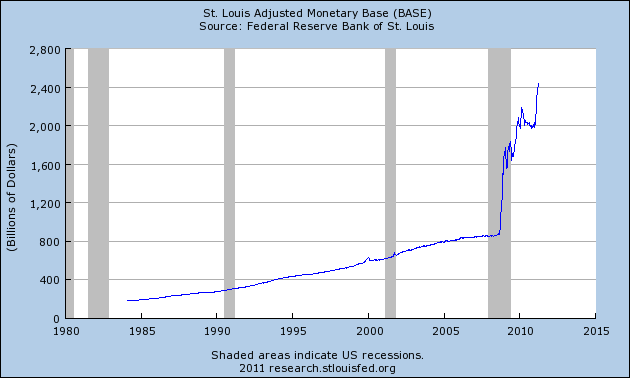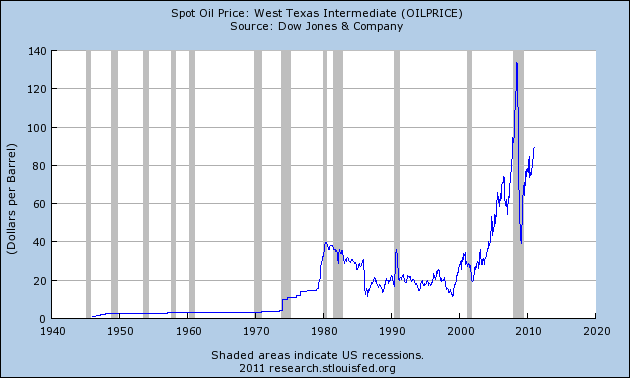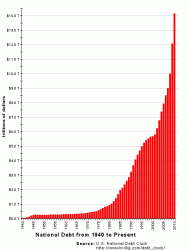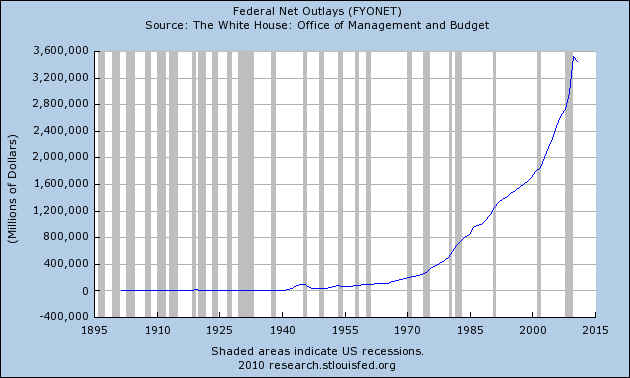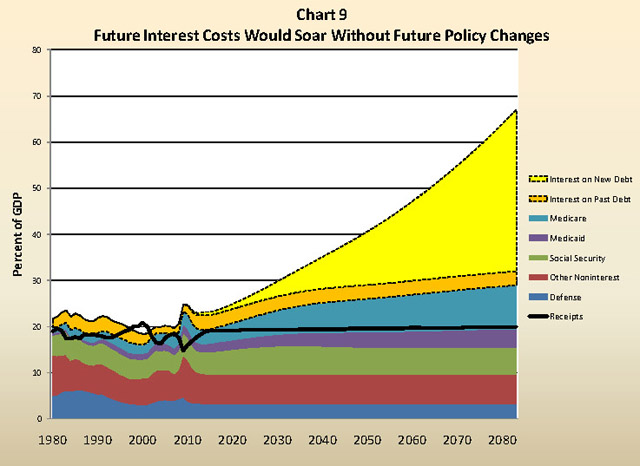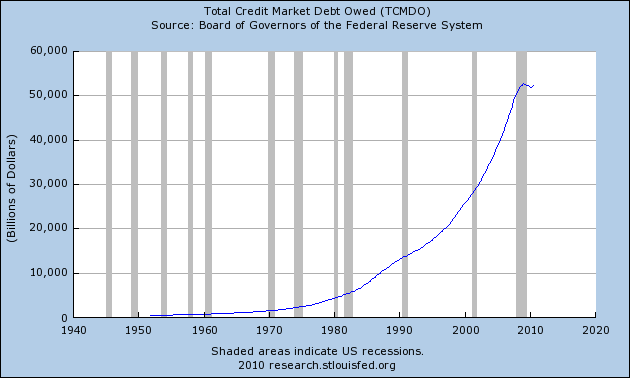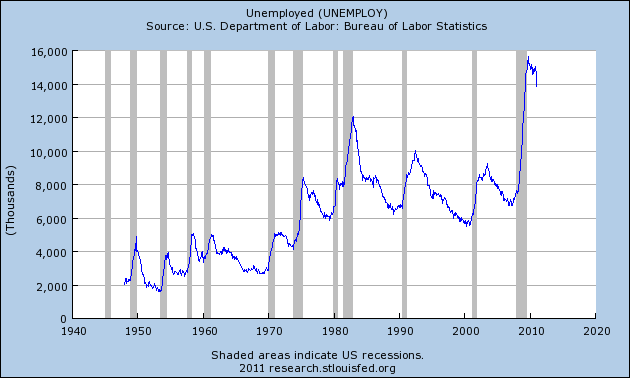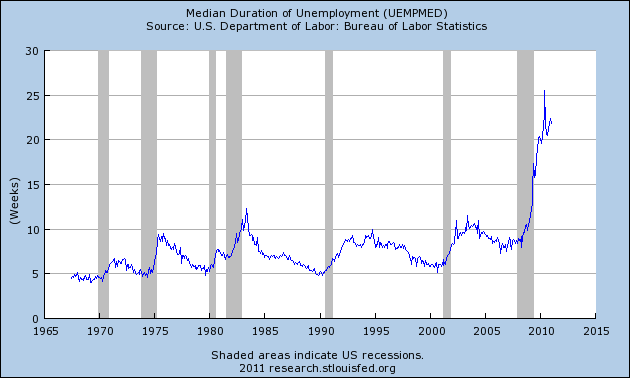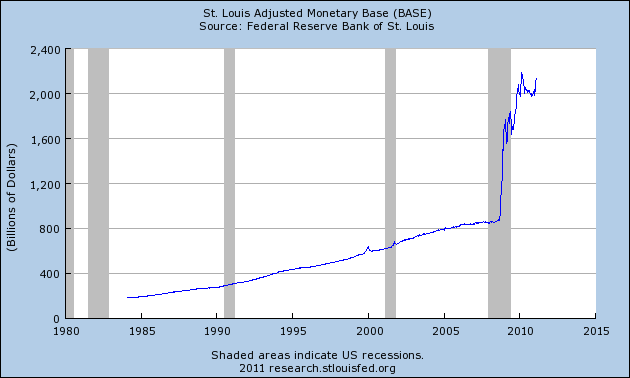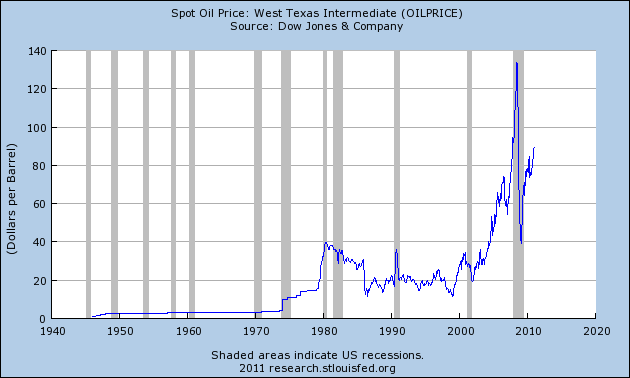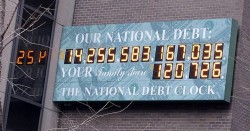 It really is hard to find the words to describe the true horror of the national debt. The U.S. government has been on the greatest debt binge in all of human history, and a day of reckoning is coming that is going to be so painful that it is going to shock America to the core. We have lived so far above our means for so long that none of us really has any concept of what “normal” is like anymore. The United States has enjoyed the greatest party in the history of the world, but now this decades-old party is ending and the bills are coming due. It was Dick Cheney who famously said that “deficits don’t matter”. Well, try telling that to the nation of Greece right about now. The horror that Greece is just beginning to experience is a preview of what is going to happen to us as well. Only when it happens to us it is going to be so much worse, because when we go down we are going to bring the entire global financial system down with us.
It really is hard to find the words to describe the true horror of the national debt. The U.S. government has been on the greatest debt binge in all of human history, and a day of reckoning is coming that is going to be so painful that it is going to shock America to the core. We have lived so far above our means for so long that none of us really has any concept of what “normal” is like anymore. The United States has enjoyed the greatest party in the history of the world, but now this decades-old party is ending and the bills are coming due. It was Dick Cheney who famously said that “deficits don’t matter”. Well, try telling that to the nation of Greece right about now. The horror that Greece is just beginning to experience is a preview of what is going to happen to us as well. Only when it happens to us it is going to be so much worse, because when we go down we are going to bring the entire global financial system down with us.
What we have done to future generations is beyond sickening. Previous generations entrusted to us the greatest economic machine in the history of the world and we destroyed it. Now we are leaving to our children and our grandchildren an economic future that has been totally wiped out and a national debt of more than 14 trillion dollars that we expect them to repay.
In Washington D.C. these days, there is a lot of talk about the debt ceiling. But whatever the politicians do, it is not going to solve our debt problems. If the debt ceiling does not get raised, we move the financial pain into the present. World financial markets would crash and that would be followed by a devastating economic nightmare.
If we do raise the debt ceiling, that will “kick the can down the road” a little bit farther. However, world financial markets will still crash eventually and our eventual economic nightmare will be even worse.
Well, can’t we just “inflate our way” out of debt?
No, unfortunately things are just not that easy. If we try to inflate our way out of debt, interest rates will likely rise just as quickly as inflation does, and that would be absolutely catastrophic.
Before interest rates even reached 20% we would hit a point where it would take every single dollar taken in by the federal government just to pay the interest on the national debt.
Meanwhile, rapidly rising inflation would devastate the value of all of your bank accounts and every other single financial asset that you own.
So no, inflating our way out of debt is not going to work.
At the moment, the U.S. federal government is able to borrow gigantic quantities of money at super low interest rates.
When that changes, all hell is going to be unleashed.
The following are 41 statistics about the national debt that are almost too crazy to believe….
1 – As of June 20th, the U.S. national debt was $14,344,524,186,068.19.
2 – 30 years ago, the U.S. national debt was approximately 14 times smaller.
3 – It took from the presidency of George Washington to the presidency of Ronald Reagan for the U.S. government to accumulate one trillion dollars of debt.
4 – Since then, we have added more than 13 trillion dollars of additional debt.
5 – The United States government is responsible for more than a third of all the government debt in the entire world.
6 – If you divide up the national debt equally among all U.S. households, each one owes over $125,000.
7 – Mandatory federal spending is going to surpass total federal revenue for the first time ever in this fiscal year. That was not supposed to happen until 50 years from now.
8 – Between 2007 and 2010, U.S. GDP grew by only 4.26%, but the U.S. national debt soared by 61% during that same time period.
9 – The federal government has borrowed 29,660 more dollars per household since Barack Obama signed the economic stimulus law.
10 – During Barack Obama’s first two years in office, the U.S. government added more to the U.S. national debt than the first 100 U.S. Congresses combined.
11 – The U.S. national debt is currently rising by well over 4 billion dollars every single day.
12 – The U.S. government is borrowing over 2 million more dollars every single minute.
13 – The U.S. government borrows an average of about 168 million dollars every single hour.
14 – The combined debt of the major GSEs (Fannie Mae, Freddie Mac and Sallie Mae) has increased from 3.2 trillion in 2008 to 6.4 trillion in 2011. Thanks to George W. Bush, Barack Obama and the U.S. Congress, U.S. taxpayers are guaranteeing that debt. This is debt that is not even included in the $14.3 trillion national debt figure.
15 – Some experts estimate that the unfunded liabilities of the U.S. government for programs such as Social Security and Medicare are in the neighborhood of 60 trillion dollars. Other experts claim that the total for federal government unfunded liabilities could be well over $100 trillion. But what almost everyone agrees on is that it is going to be virtually impossible to even come close to meeting all of those obligations.
16 – The U.S. government currently has to borrow approximately 41 cents of every single dollar that it spends.
17 – The total compensation that the federal government workforce earned last year came to a grand total of approximately 447 billion dollars.
18 – The level of government waste in this country is absolutely mind blowing. For example, the Department of Health and Human Services has just announced a brand new $500 million program that will, among other things, seek to solve the problem of 5-year-old children that “can’t sit still” in a kindergarten classroom.
19 – In the past, the U.S. government has spent $2.6 million dollars to study the drinking habits of Chinese prostitutes and $400,000 dollars to pay researchers to cruise bars in Buenos Aires, Argentina to find out why gay men engage in risky sexual behavior when drunk.
20 – The cost for the first week of airstrikes on Libya was 600 million dollars. Keep in mind that the leader of the opposition in Libya has admitted that his forces contain large numbers of the same “al-Qaeda fighters” that were shooting at American troops in Iraq. So we are going broke and we are helping al-Qaeda take power in Libya at the same time.
21 – Just one day of the war in Afghanistan costs more money than it took to build the entire Pentagon.
22 – In 1980, government transfer payments accounted for just 11.7% of all income. Today, government transfer payments account for 18.4% of all income.
23 – 59 percent of all Americans now receive money from the federal government in one form or another.
24 – Back in 1965, only one out of every 50 Americans was on Medicaid. Today, one out of every 6 Americans is on Medicaid.
25 – Back in 1950, each retiree’s Social Security benefit was paid for by approximately 16 workers. Today, each retiree’s Social Security benefit is paid for by approximately 3.3 workers. By 2025 it is projected that there will be approximately two workers for each retiree.
26 – U.S. households are now actually receiving more money from the U.S. government than they are paying to the government in taxes.
27 – Back in the 1950s, corporate taxes accounted for about 30 percent of all federal revenue. In 2009, corporate taxes accounted for just 6.6 percent.
28 – The U.S. national debt has increased in size for 54 years in a row.
29 – If the U.S. government was forced to use GAAP accounting principles (like all publicly-traded corporations must), the U.S. government budget deficit would be somewhere in the neighborhood of $4 trillion to $5 trillion each and every year.
30 – According to a shocking U.S. government report, interest on the national debt and mandatory spending on entitlement programs will absorb approximately 92 cents of every dollar of federal revenue by the year 2019.
31 – A recently revised IMF policy paper entitled “An Analysis of U.S. Fiscal and Generational Imbalances: Who Will Pay and How?” projects that U.S. government debt will rise to about 400 percent of GDP by the year 2050.
32 – The U.S. government spent over 413 billion dollars on interest on the national debt during fiscal 2010.
33 – Approximately one out of every four dollars that the U.S. government borrows goes to pay the interest on the national debt.
34 – It is now being projected that by the year 2021, interest payments on the national debt will amount to $1.1 trillion dollars a year.
35 – If interest rates move up even slightly, the interest on the national debt is going to be a whole lot worse. A recent article in the Huffington Post laid this out really well….
According to a recent note from the sage of Dallas based Hayman Capital, highly respected Kyle Bass, a move back to 5% (2006 levels) in short term interest rates will increase annual U.S. interest expense by almost $700 billion annually. This is against current U.S. government tax revenues of $2.228 trillion (CBO FY 2011 forecast).
36 – If the U.S. national debt (more than 14 trillion dollars) was reduced to a stack of 5 dollar bills, it would reach three quarters of the way to the moon.
37 – A trillion $10 bills, if they were taped end to end, would wrap around the globe more than 380 times. That amount of money would still not be enough to pay off the U.S. national debt.
38 – If Bill Gates gave every penny of his fortune to the U.S. government, it would only cover the U.S. budget deficit for 15 days.
39 – If you were alive when Jesus was born and you spent one million dollars every single day since that point, you still would not have spent one trillion dollars by now. But this year alone the U.S. government is going to add more than a trillion dollars to the national debt.
40 – If you went out today and started spending one dollar every single second, it would take you over 31,000 years to spend one trillion dollars.
41 – If the federal government began right at this moment to repay the U.S. national debt at a rate of one dollar per second, it would take over 440,000 years to pay off the national debt.
You might be depressed after reading all of those statistics about the national debt, but there is some good news.
If you would like to help address this problem, the federal government is actually taking online donations that will go towards paying off the national debt.
Try not to laugh.
The national debt is a problem that should have been handled 20 or 30 years ago.
But it wasn’t.
So now what we have to look forward to is a very bleak future. Even if we totally scrapped our current monetary system and repudiated the debt, the transition would be “rocky” at best and we would not enjoy anything close to the standard of living that we are enjoying today.
Unfortunately, the vast majority of our politicians in Washington D.C. would never even dream of abandoning the current system. Most of them still totally believe in it.
But this current system is headed for an inevitable collapse. There is no way of getting around it.
Even most of our top politicians are now admitting that our current state of affairs is “unsustainable”. They just don’t have the guts to do anything about it.
A horrific economic collapse is coming.
It is going to change the world.
You better get ready.



